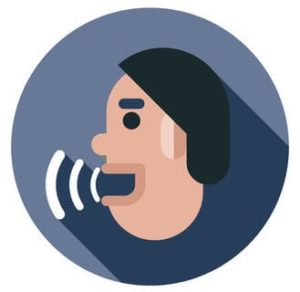
These days, voice phishing – or vishing – is an increasingly lucrative scam. It’s also becoming more difficult to identify. Successful scammers are able to pose as a legitimate representative of an organization like a government or a bank, right down to the phone number and company logo in the call log.
Thankfully, behavioral biometrics offers a real-time solution to vishing scams. BioCatch recently announced a new platform designed to prevent authorized push payment (APP) fraud, and has now detailed some of the benefits in a new blog post explaining the technology.
In a vishing scam, a con artist tricks the victim into transferring a large sum of money, usually by suggesting that there has been some kind of breach and the transfer is a necessary security precaution. Vishing is difficult to track because the transfer itself is genuine, with the con person walking the victim through every step of the transaction.
That’s where behavioral biometrics comes into play. An emergency transfer is likely to make anyone a little nervous, and the process takes time. Behavioral biometrics is able to notice changes in typing or speech patterns (such as longer hesitations) that point to the influence of a fraudster. BioCatch’s platform reads those signs and flags the interaction before intervening to prevent the fraudulent transaction from taking place.
Behavioral biometrics is effective because it offers a passive layer of security, allowing an individual to use unique signatures to protect their personal information with without realizing it. Platforms like BioCatch can help restore consumer confidence, especially in the wake of the massive losses that have been incurred in vishing scams.
–
February 4, 2019 – by Eric Weiss






Follow Us